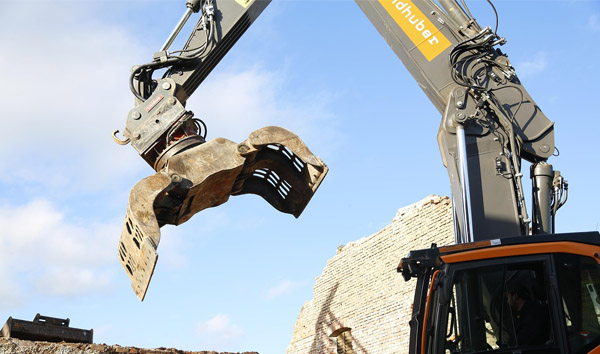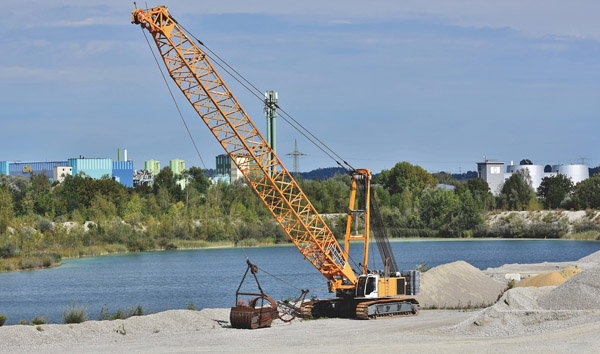Optimizing 4WD Forklift Turning Radius for Enhanced Maneuverability
2025-07-19 04:05:28
The turning radius of a 4WD forklift is a critical factor in determining its maneuverability, especially in tight warehouse environments. Unlike standard 2WD models, 4WD forklifts distribute power to all wheels, improving traction but sometimes increasing the turning radius due to mechanical constraints. Industry data from the Material Handling Institute (MHI) indicates that a 4WD forklift typically has a turning radius 10-15% larger than its 2WD counterpart, requiring careful planning in narrow aisles.
One of the primary challenges with 4WD forklift turning radius is balancing stability and agility. The additional traction from four-wheel drive enhances load-bearing capacity, but the wider arc can limit accessibility in compact spaces. According to OSHA guidelines, operators must account for this when navigating high-traffic areas to prevent collisions. Advanced steering systems, such as rear-wheel articulation, have been introduced to mitigate this issue, reducing the turning radius by up to 20% in some models.
Technological advancements are reshaping how 4WD forklifts handle tight turns. Electric power steering (EPS) and dynamic torque vectoring are now being integrated into newer models, allowing for sharper turns without sacrificing stability. A 2023 study by the Industrial Truck Association (ITA) found that these innovations can reduce the 4WD forklift turning radius by as much as 12%, improving efficiency in logistics operations.
Operational best practices for minimizing the impact of a 4WD forklift turning radius include proper aisle width planning and operator training. Warehouse layouts should accommodate at least 1.5 times the forklift’s turning radius to ensure safe navigation. Training programs emphasizing slow, controlled turns can further reduce the risk of accidents, as highlighted in a recent report from the National Safety Council (NSC).
Future trends in 4WD forklift design aim to further optimize turning performance. Autonomous navigation systems and AI-driven path planning are being tested to dynamically adjust turning radius based on real-time conditions. These innovations promise to enhance both productivity and safety, ensuring that 4WD forklifts remain a viable solution for demanding material handling tasks.














